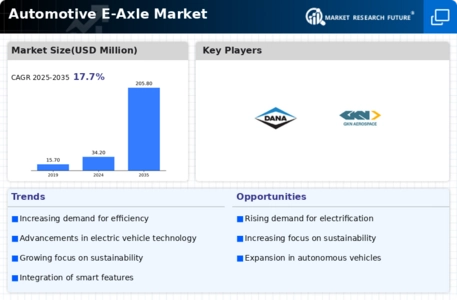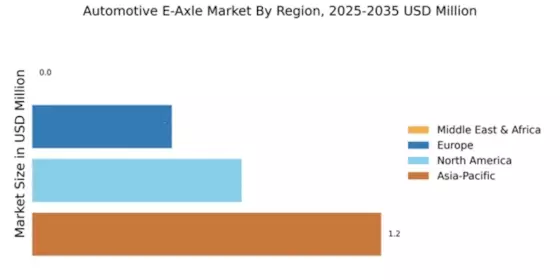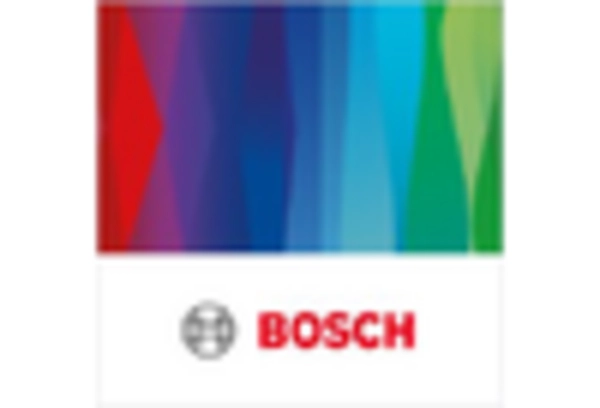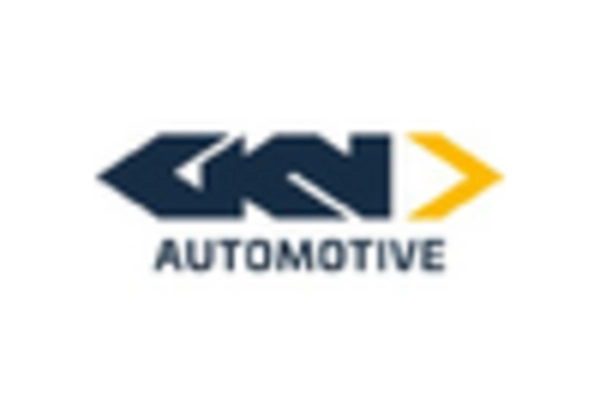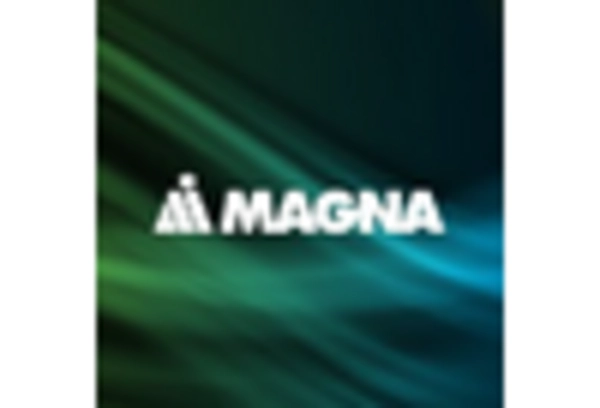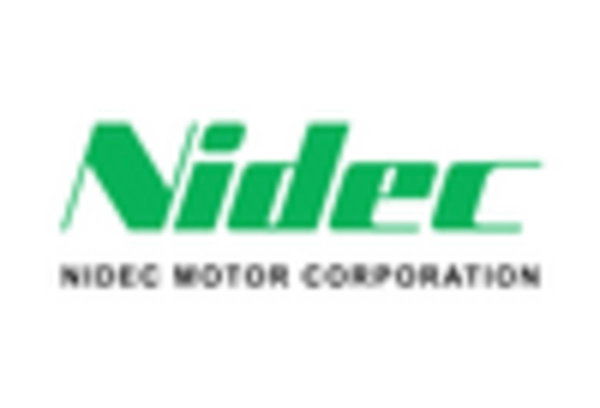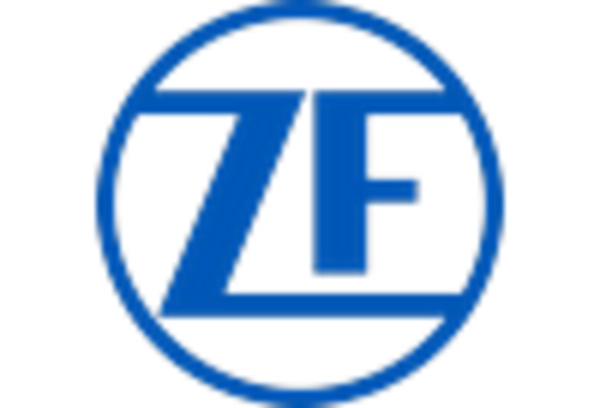Market Growth Projections
The Global Automotive E-Axle Market Industry is poised for substantial growth, with projections indicating a market size of 205.8 USD Billion by 2035. The anticipated compound annual growth rate of 17.73% for the period from 2025 to 2035 underscores the robust potential of this sector. This growth is driven by various factors, including the rising demand for electric vehicles, advancements in e-axle technology, and supportive government policies. The market dynamics suggest a favorable environment for investments and innovations, positioning the Global Automotive E-Axle Market Industry as a key player in the future of sustainable transportation.
Government Incentives and Support
Government incentives and support for electric vehicle adoption are crucial drivers of the Global Automotive E-Axle Market Industry. Many countries are offering subsidies, tax breaks, and grants to encourage consumers to purchase electric vehicles. These initiatives not only lower the upfront costs for consumers but also stimulate investments in electric vehicle infrastructure. For example, various governments are funding research and development projects aimed at enhancing e-axle technology. Such supportive measures are likely to foster a conducive environment for the growth of the e-axle market, with projections indicating a market size of 205.8 USD Billion by 2035.
Growing Focus on Energy Efficiency
The increasing emphasis on energy efficiency in the automotive sector is a significant driver of the Global Automotive E-Axle Market Industry. As fuel prices rise and environmental concerns mount, manufacturers are under pressure to develop vehicles that consume less energy. E-axles, known for their efficiency in converting electrical energy into mechanical power, play a pivotal role in achieving these goals. The shift towards energy-efficient technologies is expected to enhance the appeal of electric vehicles, thereby boosting the demand for e-axle systems. This trend aligns with the projected compound annual growth rate of 17.73% for 2025-2035 in the Global Automotive E-Axle Market Industry.
Rising Demand for Electric Vehicles
The increasing global demand for electric vehicles (EVs) is a primary driver of the Global Automotive E-Axle Market Industry. As consumers become more environmentally conscious, the shift towards EVs is accelerating. In 2024, the market is projected to reach 34.2 USD Billion, reflecting a growing preference for sustainable transportation solutions. Governments worldwide are implementing stricter emissions regulations, further propelling the adoption of electric drivetrains. This trend is expected to continue, with the market anticipated to expand significantly as more manufacturers invest in electric vehicle technology, thereby enhancing the overall growth of the Global Automotive E-Axle Market Industry.
Expansion of Charging Infrastructure
The expansion of electric vehicle charging infrastructure is a critical driver of the Global Automotive E-Axle Market Industry. As more charging stations become available, consumer confidence in electric vehicles is likely to increase, leading to higher adoption rates. Governments and private entities are investing heavily in the development of fast-charging networks, which facilitate longer journeys and reduce range anxiety. This infrastructure growth is essential for supporting the rising number of electric vehicles on the road, thereby driving demand for e-axle systems. The interplay between charging infrastructure and e-axle technology is expected to shape the future landscape of the Global Automotive E-Axle Market Industry.
Technological Advancements in E-Axle Systems
Technological innovations in e-axle systems are transforming the Global Automotive E-Axle Market Industry. Advances in electric motor design, power electronics, and control systems are enhancing the efficiency and performance of e-axles. For instance, the integration of advanced materials and manufacturing techniques is leading to lighter and more compact e-axles, which improve vehicle range and performance. As manufacturers strive to meet consumer expectations for higher efficiency and lower costs, these technological advancements are likely to drive market growth. The ongoing research and development efforts in this sector suggest a promising future for the Global Automotive E-Axle Market Industry.


